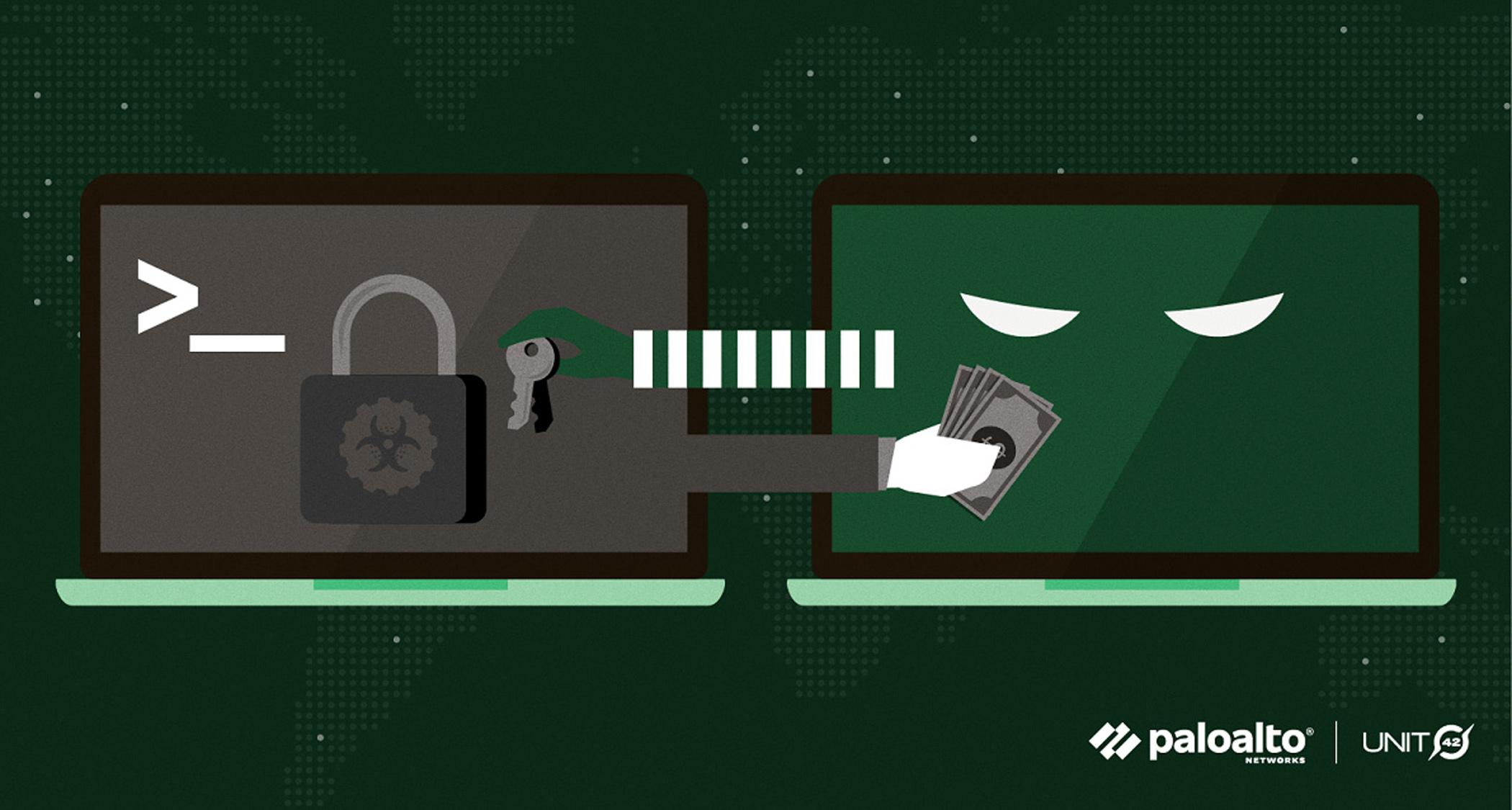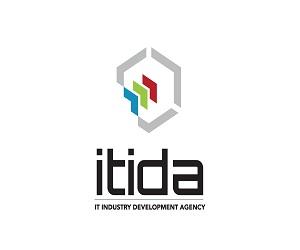By : Bakinam Khaled
Black Basta is ransomware as a service (RaaS) that first emerged in April 2022. However, evidence suggests that it has been in development since February.
The Black Basta operator(s) use the double extortion technique, meaning that in addition to encrypting files on the systems of targeted organizations and demanding ransom to make decryption possible, they also maintain a dark web leak site where they threaten to post sensitive information if an organization chooses not to pay ransom.
Black Basta affiliates have been very active deploying Black Basta and extorting organizations since the ransomware first emerged.
Although the Black Basta affiliates have only been active for the past couple of months, based on the information posted on their leak site, they have compromised over 75 organizations at the time of this publication. Unit 42 has also worked on several Black Basta incident response cases.
The ransomware is written in C++ and impacts both Windows and Linux operating systems. It encrypts users’ data using a combination of ChaCha20 and RSA-4096, and to speed up the encryption process, the ransomware encrypts in chunks of 64 bytes, with 128 bytes of data remaining unencrypted between the encrypted regions.
The faster the ransomware encrypts, the more systems can potentially be compromised before defenses are triggered.
It is a key factor affiliates look for when joining a Ransomware-as-a-Service group.
Palo Alto Networks customers receive help with detection and prevention of Black Basta ransomware through the following products and services: Cortex XDR and Next-Generation Firewalls (including cloud-delivered security services such as WildFire).














































































